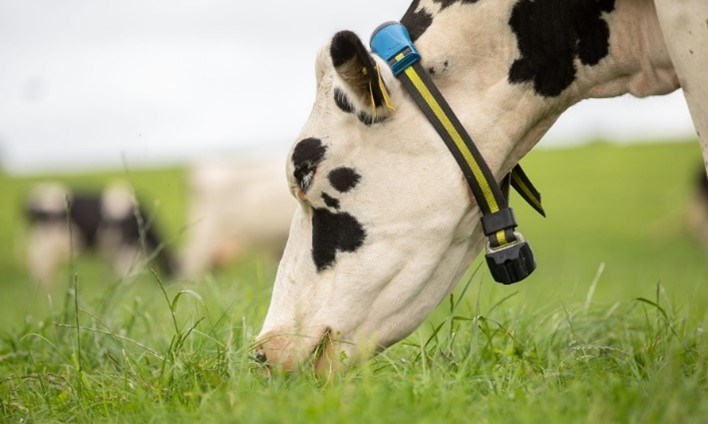In an industry that faces a growing number of challenges careful planning and full utilisation of your resources can have a big impact on profit margins. Successful grazing plans can help to stabilise your feed costs and improve your overall margin.
It costs 30% less to produce a litre of milk from Spring grass compared with conserved forages. So, what do you need to consider before spring turnout?
The items below outline some of the key considerations necessary when thinking about spring grass:
- Only turnout if ground conditions allow!
- Multiple entry and exit points are very helpful in avoiding poaching in gateways and damage to paddocks
- Turnout early when the grass is short and at the 2 leaf stage
- Aim to graze your entire platform by the end of March (if dry enough)
- Turnout for a couple of hours initially, building it up gradually
- During the initial turnout phase, be prepared to rehouse if it becomes very wet
- Use electric fencing to ensure cows don’t go back on the same area twice
- Tight spring grazing improves grass quality mid – season and increases milk from grazing by up to 2 litres/day
- Graze down to 1,600 kg/DM/ha in the spring to encourage cows to graze tighter throughout the year and improve grass quality
- Aim for an average cover of 1,850 – 1,900 kg DM by mid April
As well as considering your grass, you should also devote some time to your infrastructure. Time will be well spent walking your cow tracks and fences to determine whether any repairs are necessary before turnout. Also, check all water troughs to ensure they are clean, working properly and there are no leaks. What is the ground surrounding troughs and in gateways like? Use of bark or chippings in these high traffic areas will help with access and cow flow. Gates, tracks, troughs and fences that are well maintained will make for happy cows and happy staff!
Staggering! Did you know?
Hypomagnesaemia (grass staggers) is responsible for the loss of 0.5-1% of dairy cows across the UK each year.
(Source: Dairy Co. Grass +)
One of the key considerations at turnout is the availability of magnesium and the prevention of grass staggers. Magnesium is not stored in the body, so it is important to ensure the correct daily mineral level requirement is met. Supplementation during risk periods such as turnout is advised.
Building Forage Stocks
After a very dry and hot summer of 2022 everyone has depleted their forage banks, and building these reserves is key for 2023. We are planning for stocks to get to May 24 for grass and October 24 for Maize.
We have been working on forage plans with many of you in recent weeks, and for those who haven’t got a detailed plan for building stocks up, this is we feel a must do.
Better fertiliser prices will help, many have made big reductions due to no applications last year because of price. At current prices, N is a cost-effective input.
Maize for many will be the lowest cost option; whilst seed is expensive, it uses much less fertilizer and of course has just one harvest per year.
Whole crop will be a vital part of many dairy farmers plus, bridging the gap until maize is available.
Mastitis: Prevention is better than cure!
When considering spring turnout, we should be mindful of the potential risk of environmental mastitis. The box below outlines some of the key precautions that can be taken to minimise the mastitis risk:
Reducing the risk!
- Ensure cow tracks are clean and free draining
- If using bark tracks, ensure cows are kept moving when using them; do not allow cows to lie down on these tracks
- Minimise muddy areas around troughs and gateways
- Consider positioning water troughs on concrete pads to minimise poaching
- Don't overstock grazing paddocks, particularly during wet weather
- Grazing paddocks should have 21 days rest before cows return to them to allow for the bacterial load to reduce. This is easier to achieve with rotationally grazed milking herds



